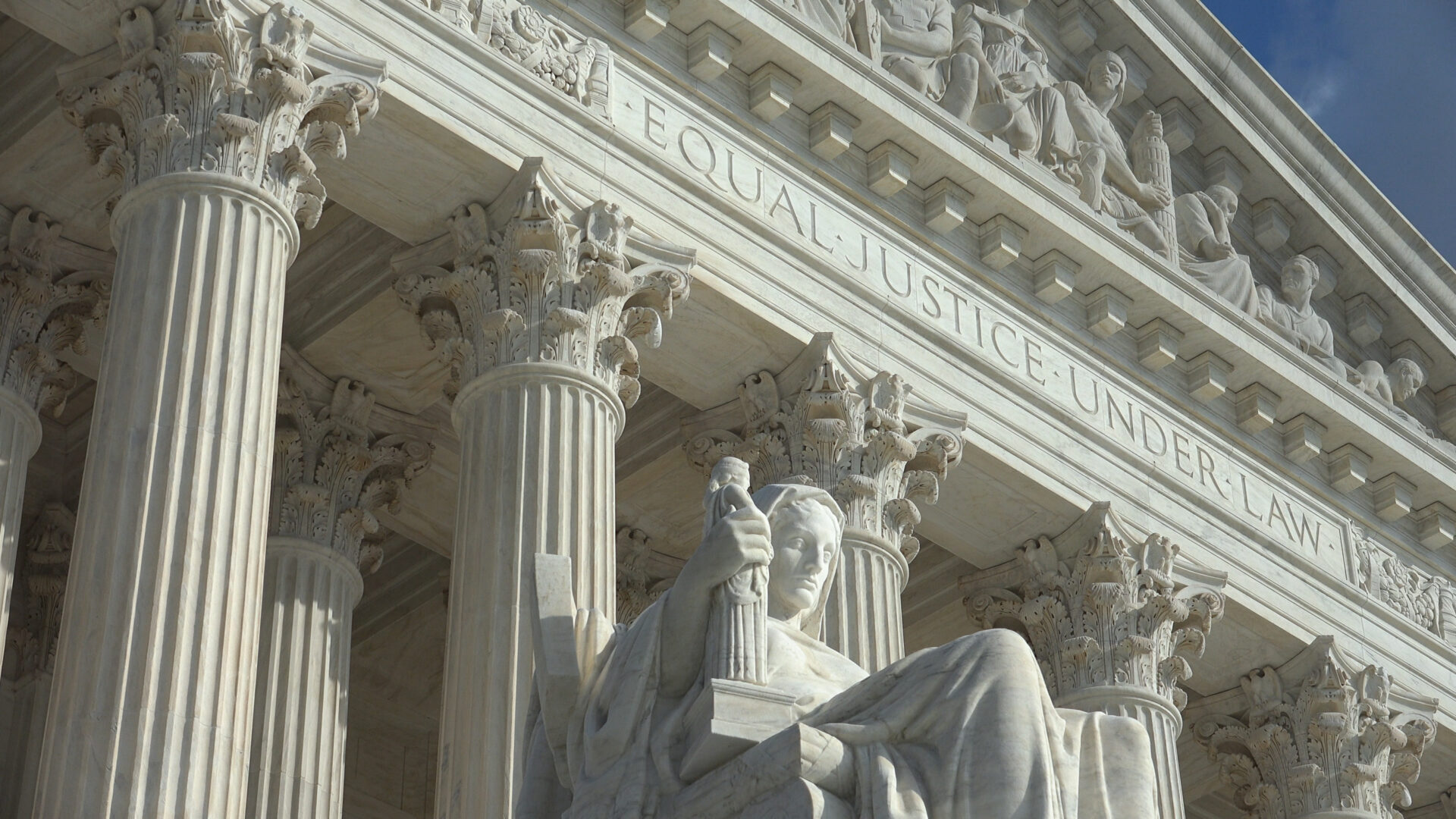
Unraveling Chevron: A New Era in Agency Interpretation
For 40 years, Chevron deference has been an integral part of the legal realm, having been used to determine thousands of cases and federal administrative decisions. However, as of June 28th, 2024, agencies and courts will no longer be able to rely on Chevron deference. The ruling by the United States Supreme Court in Loper Bright Enterprises v. Raimondo (“Loper”) (Loper Bright Enterprises v. Raimondo (2024) 144 S.Ct. 2244) will significantly curb the power of federal agencies to interpret the laws that they administer, and will usher in a new era in federal agency interpretation.
Background
Chevron v. Natural Resources Defense Council (“Chevron”) has helped determine how legislative authority is divided and used by federal agencies and other regulatory bodies. This deference was established in the landmark 1984 Chevron case. In Loper, by a 6-2 decision, the majority rejected the Chevron doctrine, calling it “fundamentally misguided.” The Court did leave room for agency interpretation under deference established in Skidmore v. Swift & Co., 323 U.S. 134 (1944). However, even with Skidmore deference, the overturning of Chevron will have massive impacts on the U.S. regulatory framework.
How the Chevron Doctrine Works
Under the U.S. administrative system, the Legislature grants some of its decision-making authority to regulatory agencies to create and enforce regulations. These agencies are dedicated to certain legal areas and have specialized knowledge to determine how their regulations work. Under the Chevron deference, these agencies interpreted such regulations, so long as: (1) Congress had not directly addressed the question at the center of a dispute, and (2) the interpretation was reasonable.
Chevron deference involves a two-step process. First, the court would have to decide whether Congress had directly spoken to the question at hand. If Congress’ intent was clear, that marked the end of the analysis. If not, and the statute was ambiguous as to the issue, the courts would defer to the agency’s interpretation of the statute if it was reasonable. As a result of Chevron, federal agencies and government regulators were given more leeway to interpret laws when there is some dispute over what the text of the statute means.
Skidmore deference existed before Chevron and grants a lower level of deference to agencies. Skidmore gives some “respect” to an agency’s statutory interpretation where that interpretation is “persuasive.” However, there is no objective standard for what is considered “persuasive.”
Effect on Federal Law
Because Chevron has been such a pillar of federal administrative law, the Court’s decision to overturn it will have massive impacts not only on regulatory bodies, but on how decision-making and legislative power is distributed in the federal government. On the macro-side, the Loper decision will ultimately shift decision-making authority from the Legislative Branch to the Judicial Branch, as courts will now have more decision-making authority on whether regulations are constitutional or not. This will lead to several changes, including:
• Decreased Stability in Regulations – Without Chevron, agencies will have to work much harder to defend their current regulatory interpretations and to establish new regulatory interpretations. Agencies will have to rely on a court’s determination about whether or not that agency’s interpretation is valid, which will likely vary from judge to judge. This will result in differences of opinions throughout the federal judiciary, which will thus lead to conflicting applications of regulations from district to district. These conflicting applications will not only cause confusion amongst regulating agencies, but among parties attempting to abide by the regulations.
• Increase in Forum-Shopping – Because judges will have more deference in regulatory challenges, the political affiliation of judges may be a greater factor. Previously, if a decision passed the Chevron test, judges had to defer to agencies even if they did not agree with that agency’s interpretation. Now, judges will use the much more subjective Skidmore deference. If a judge does not think that an agency’s interpretation is persuasive, he or she is under no obligation to defer to the agency. As a result, regulatory challengers will likely use forum shopping to find a venue that will be more suitable to their interests.
• Decreased Efficiency in Modifying and Adding Regulations – Because deference has shifted largely away from agencies, agencies will no longer be able to interpret ambiguous statutes as before. If a statute is ambiguous, agencies will have to turn to Congress to “fill in the gaps”, and modify or add new regulations. This will be more time-consuming than during the Chevron era and will open up the regulation to influence from lobbyists and other political factors.
• Increased Risk that at an Agency will Lose Control Over an Area of Regulatory Law – If a court determines that a portion of a regulation is unconstitutional, the agency will need to go through Congress to modify the regulation to match the court’s judgment. However, if Congress decides that it will not approve the modification, the agency will be a “sitting duck,” unable to use that portion of the regulation. This means that agencies are now at a greater risk of losing regulatory authority.
Effect on Californian Law
While overturning Chevron will have a large impact on federal administrative law, it will not greatly affect Californian administrative law. California has its own administrative system that is separate from the federal system. California’s approach is more similar to Skidmore.
California courts distinguish between quasi-legislative rules and interpretive rules. If the regulation is quasi-legislative, the California courts will give greater deference to the agency’s interpretation, since the Legislature has confided the agency with the power to “make law”. (Yamaha Corp. of America v. State Bd. Of Equalization, 19 Cal. 4th (1998).)
If the regulation is not quasi-legislative, “the binding power of an agency’s interpretation of a statute or regulation is contextual: Its power to persuade is both circumstantial and dependent on the presence or absence of factors that support the merit of the interpretation.” (Id. at 7.) California courts give agencies greater deference in quasi-legislative rules compared to interpretive rules. However, many cases do not squarely fit into the quasi-legislative or interpretive categories. If the action has quasi-legislative and interpretive characteristics, a California court may give deference to an agency’s legal result, but not the agency’s reasoning. (New Cingular Wireless PCS, LLC v. Public Utilities Com., 246 Cal. App. 4th 784, 818-819 (2016).) This is a significant departure from Chevron deference, and is closer to Skidmore.
Conclusion and Implications
Chevron helped make the federal regulatory framework to what it is currently. Loper marks a new era of agency interpretation and shifts authority away from federal agencies to the judicial branch, however, California’s regulatory system will remain relatively unchanged.
For more detailed guidance or specific legal advice, feel free to contact us here at Fennemore.
Get MORE. Insights
Stay ahead in the legal world - subscribe now to receive the latest insights and news from Fennemore Law Directly in your inbox!

